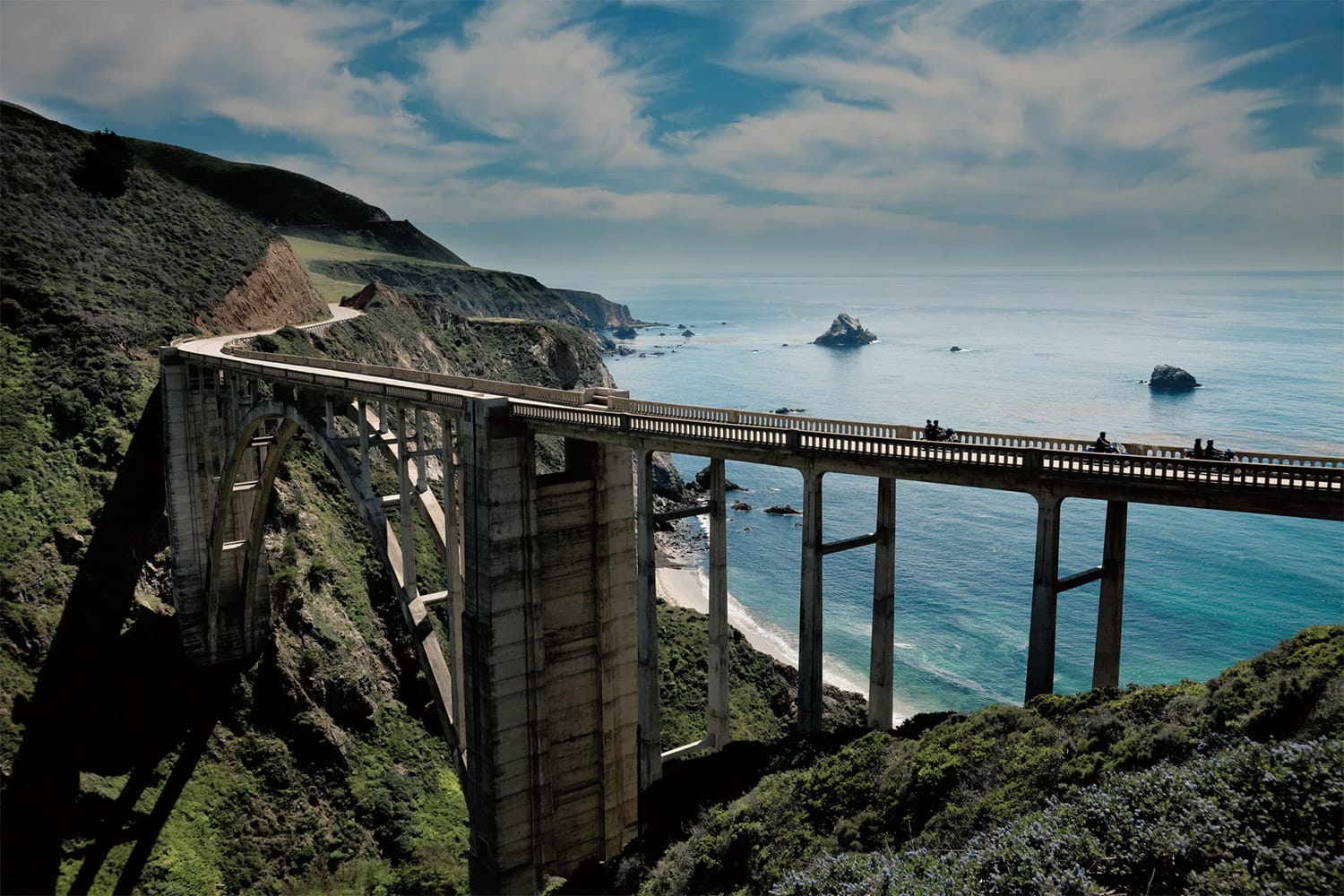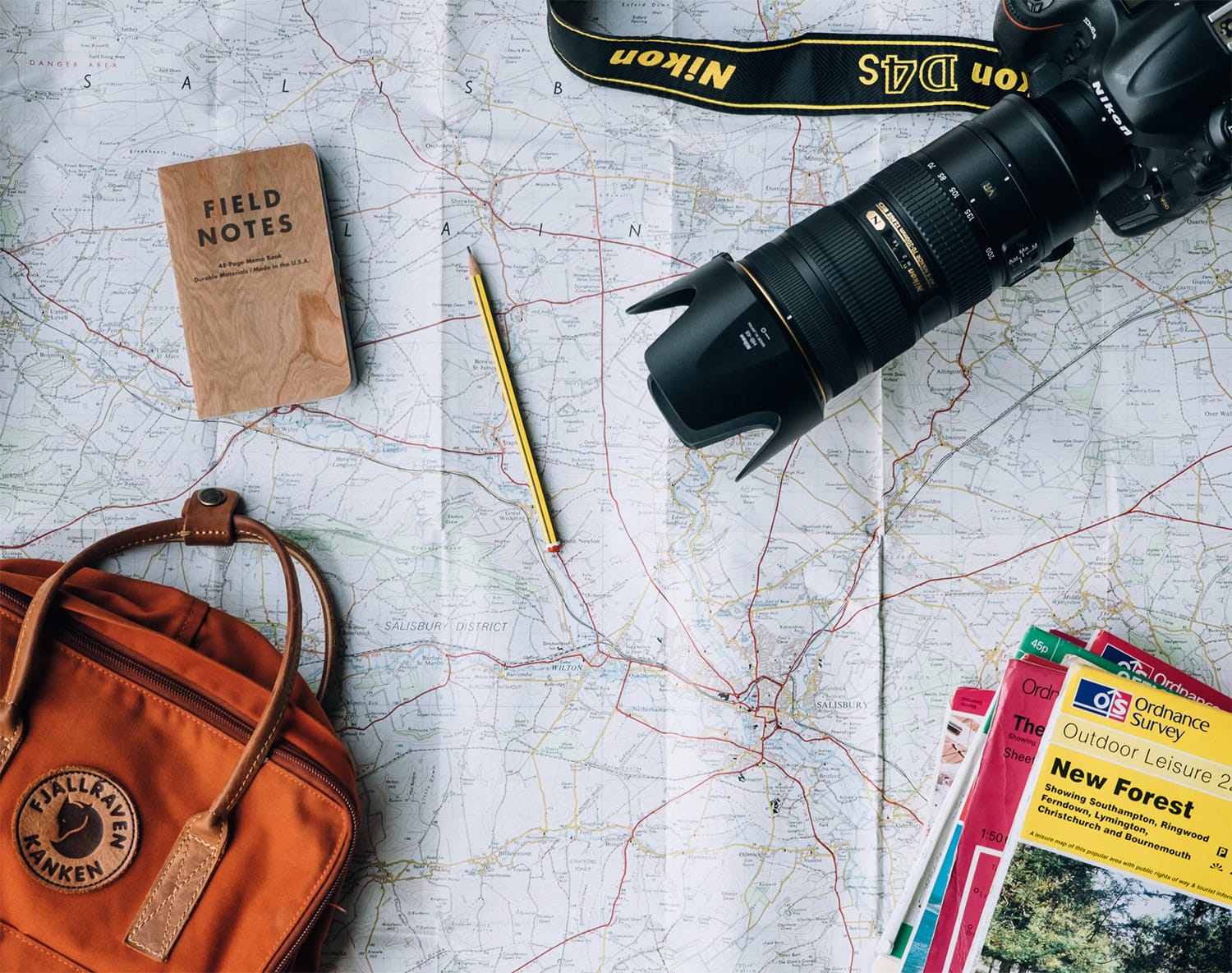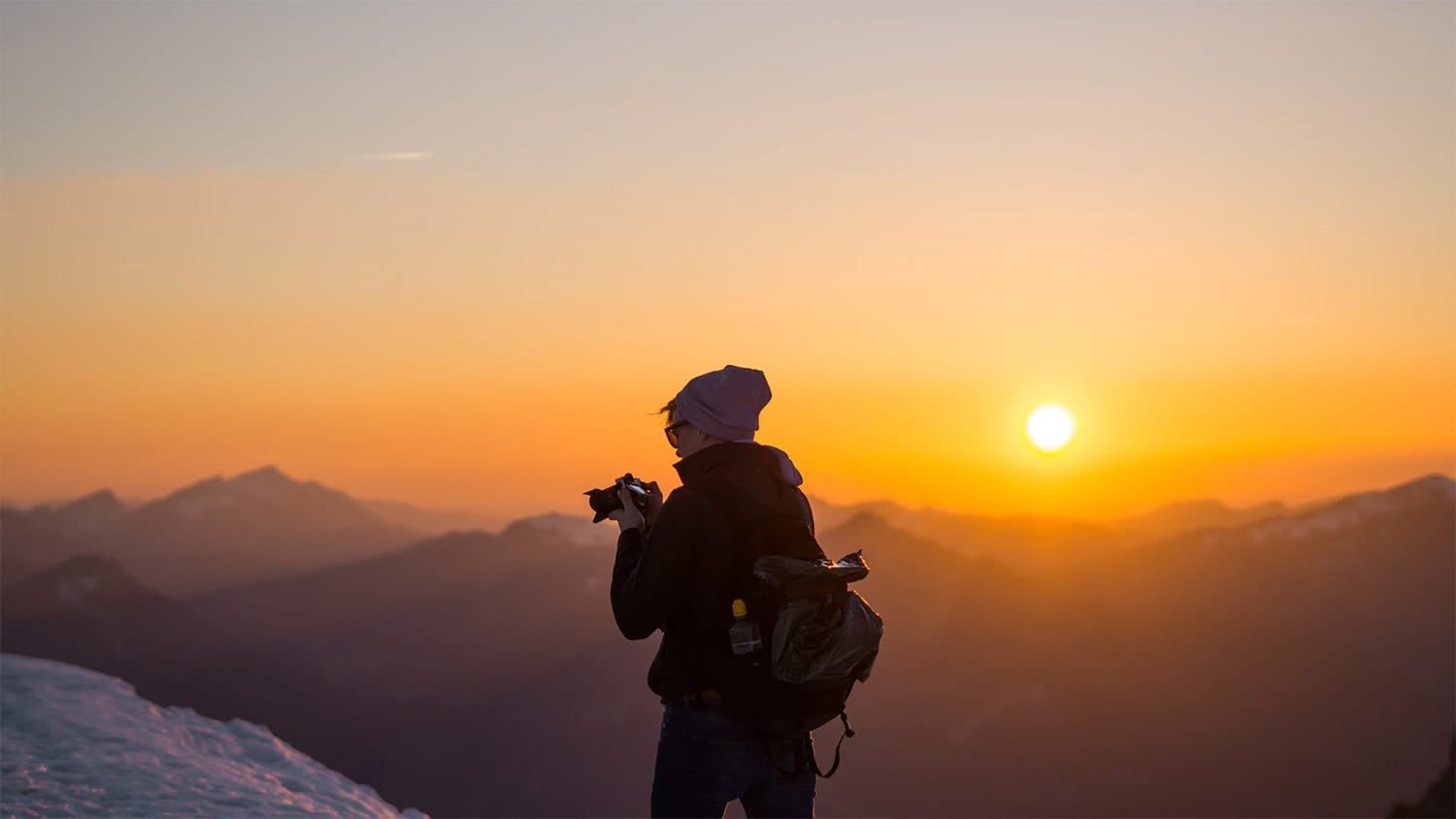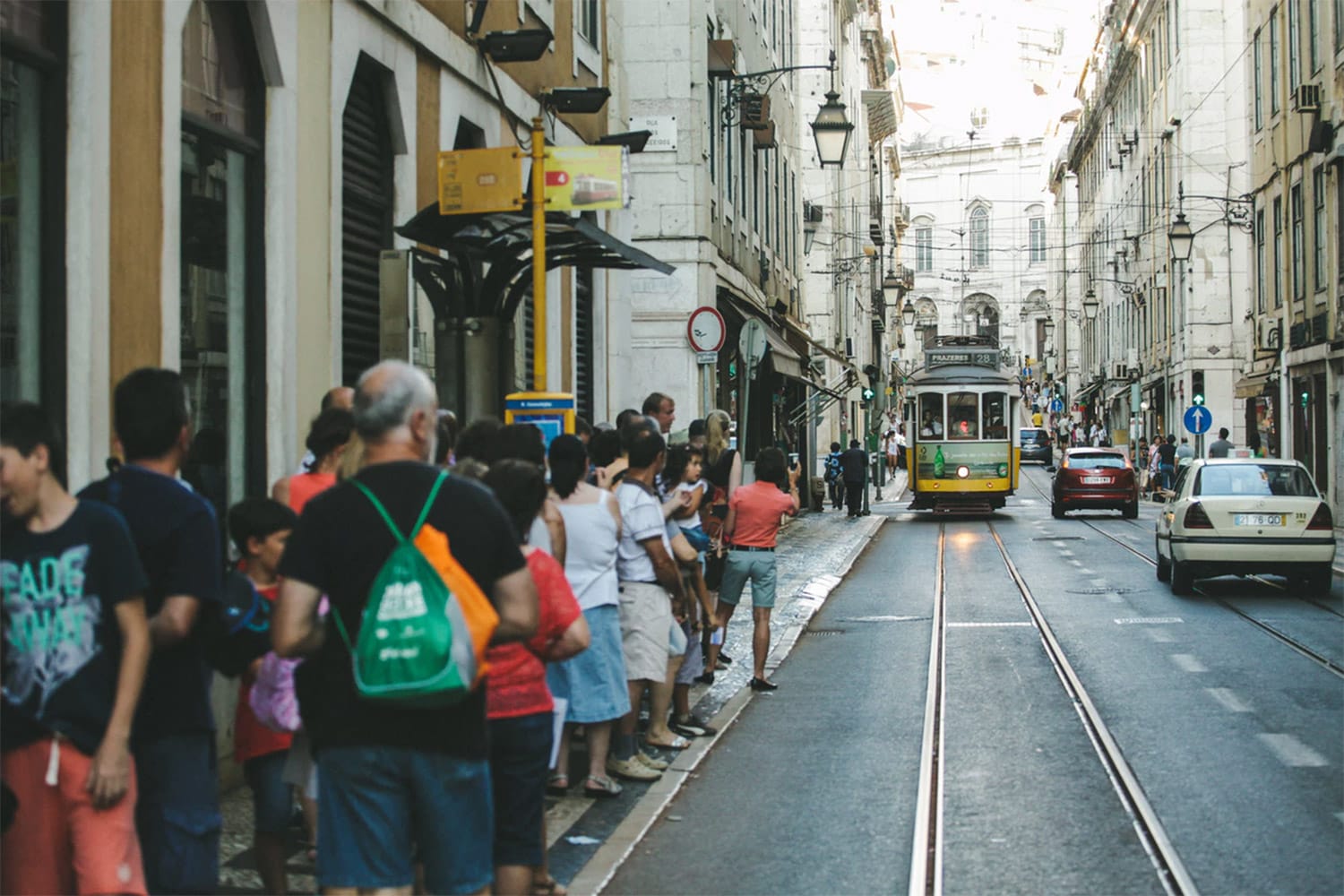9 Common Travel Photography Mistakes to Avoid
Travel and photography are two great things that go together extremely well. There’s no better way to capture the memories of your travel than through photography, and a love for both travel and photography can make the entire experience even more fun.
Although millions of people love to take photos of their travels, many are often disappointed with the results. If you want to improve your travel photography, here are some common mistakes or traps that you can work to avoid.

1. Rushing
The biggest challenge I face with my own travel photography is trying to move too fast. I often find that I fill my schedule too full, which leads to rushing from one place to the next in order to try and see too many different places in a short period of time.
Good travel photography is much more than taking a quick snapshot at each place that you visit. If you want to come away with high-quality photos, you’ll need to avoid rushing and take your time. Make an effort to prevent your schedule from getting too full, and leave plenty of time at each location so you can take your time and get great photos.
2. Lack of Planning

Planning and research is a big part of travel photography. Before your trip, you should be researching all of the places that you’ll be going, or even researching to determine where you want to spend your time.
With effective planning, you’ll have a better chance of being in the right place at the right time. Without planning, you’ll be more likely to miss out on some of the best photo opportunities.
In many cases, the research and planning will require more time and effort than actually taking the photos, but it is an essential part of the process.
There are a lot of different ways that you can go about planning. You can do a simple Google search for something like “best places to photograph in ____” and you’ll find articles and resources that can help you. You can also search photos at sites like Flickr to find places, as well as the best perspectives and to get ideas for your photographs.
Tools like Google Earth and The Photographer’s Ephemeris can be helpful for learning more about a particular spot and tracking the angle and location of the sun or moon at a specific time.
3. Lack of Patience
You’ll need to have some patience in order to get the best travel photos. You may need to be willing to wait an hour or more for the sun to get into the right position, for a crowd to dissipate, or for the right opportunity.
4. Photographing Only from Easy View Points

Most travelers take photos when and where it is convenient. Popular overlooks and viewpoints like those that are along the road or easy to reach will be used by most people for their travel photos. In many cases, you can get better (and more unique) photos by putting in a little more effort. For example, the major overlooks at the Grand Canyon are usually crowded with people.
Very few people make the effort to explore areas away from these viewpoints or to hike down into the canyon to get a different perspective. It involves more work and effort, but getting away from the popular viewpoints will allow you to come away with photos that won’t be just like everyone else’s.
5. Not Prioritizing
How do you go about your travel photography? Most travelers will simply take photos whenever and wherever they are. To get the best photos, you’ll need to prioritize. Think about the specific locations or the shots that you want to take and what is most important to you. Research these locations to know the best times to photograph them, and plan your itinerary so you’ll be at the right place at the right time.
When you know your priorities, you can plan your schedule with them in mind, and you’ll be able to get the best photos possible for the things that are most important to you.
6. Photographing at the Wrong Time of Day

Most travelers take photographs whenever they happen to be out, and a lot of times that winds up being in the middle of the day. Lighting is a huge factor that will impact the results of your photography, and the best lighting is generally around the times of sunrise and sunset.
If you want to get the best photos possible, try to plan your time so that you’ll be shooting in the mornings or evenings rather than during the middle of the day when sunlight can be harsh. This also goes back to prioritizing. If you know the exact spots and shots that are most important to you, you can plan to be at those locations during ideal times.
7. Following the Crowd

Many travelers simply follow the crowd when it comes to photography. A few years ago my wife and I were in Sedona, Arizona enjoying a nice sunset at the Airport Mesa, which is a popular spot in Sedona for viewing the sunset. There were probably more than 100 people there that evening.
The moment the sun hit the horizon, almost everyone immediately headed to their car and drove away, despite the fact that the best light and color usually comes shortly after the sun goes down.
Don’t follow the crowd. Just because everyone else is packing up or heading to a specific spot doesn’t mean that they know what they are doing. Make your own decisions and find the best situation that allows you to take great photos, regardless of what anyone else is doing.
8. Over Packing
Although you want to be prepared, you really don’t need to bring a ton of gear with you. Packing too much can slow you down if you’re doing a lot of walking, and traveling light can be a lot more relaxing and enjoyable.
In most cases, you won’t need a bunch of different lenses. You can usually get away with one or two versatile lenses (a nice zoom lens and a prime lens for example) that will cover just about any situation. You can also try to minimize other accessories and be sure that you’ll use anything that you take with you.
9. Forgetting the Essentials
Packing light is great, but be sure that you don’t forget the essentials. You’ll need spare batteries (charged), as well as a charger to avoid a bad situation where you have no battery power left. You may want or need a portable charger that will plug into a cigarette lighter in your car, but that may not be necessary if you’re able to charge batteries wherever you are staying overnight.
Spare memory cards are another necessity that you won’t want to forget. Be sure that you have enough memory so you won’t need to delete photos to make room.
A portable hard drive or some other storage and backup system is also recommended.
If you follow these tips and avoid the common mistakes, you’ll be well on your way to memorable travel photos that you can be proud of.
